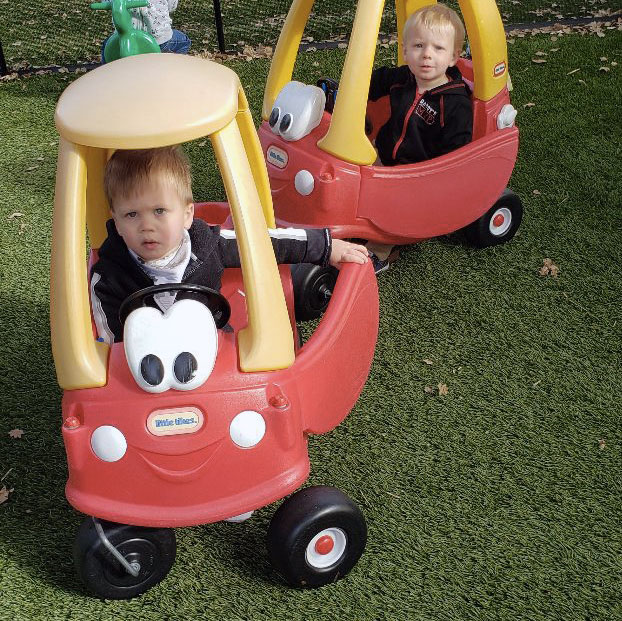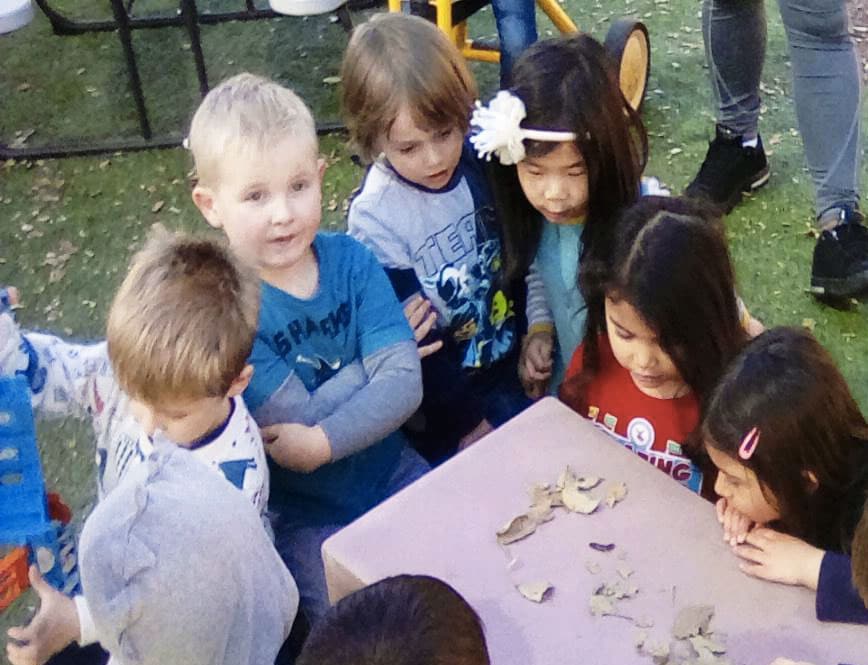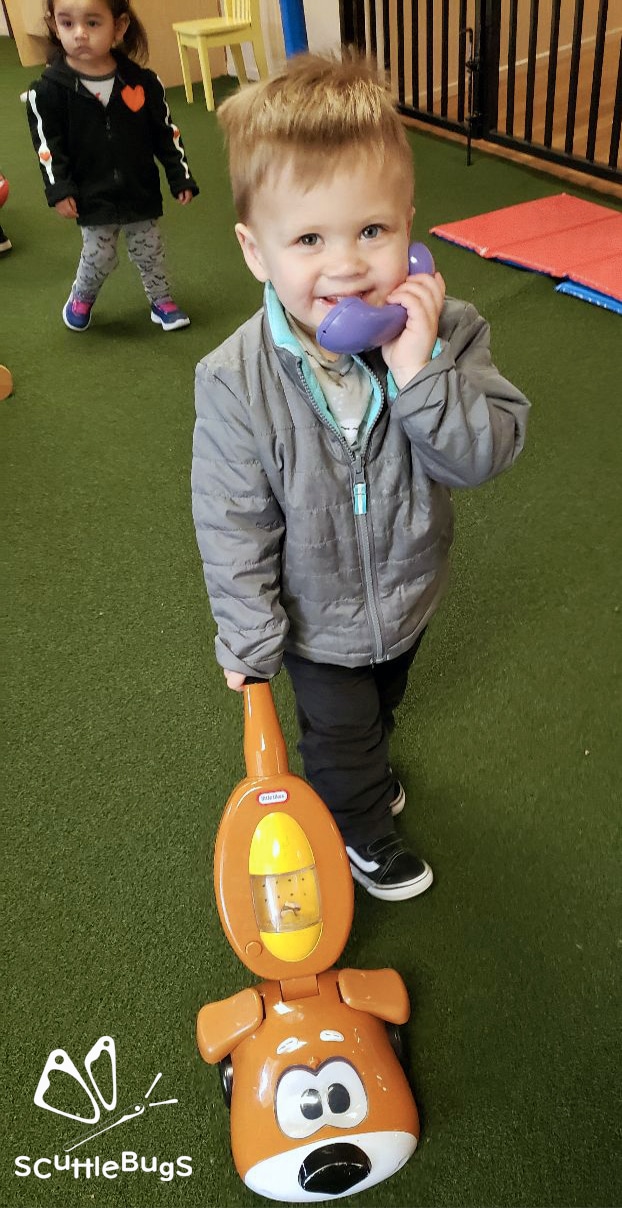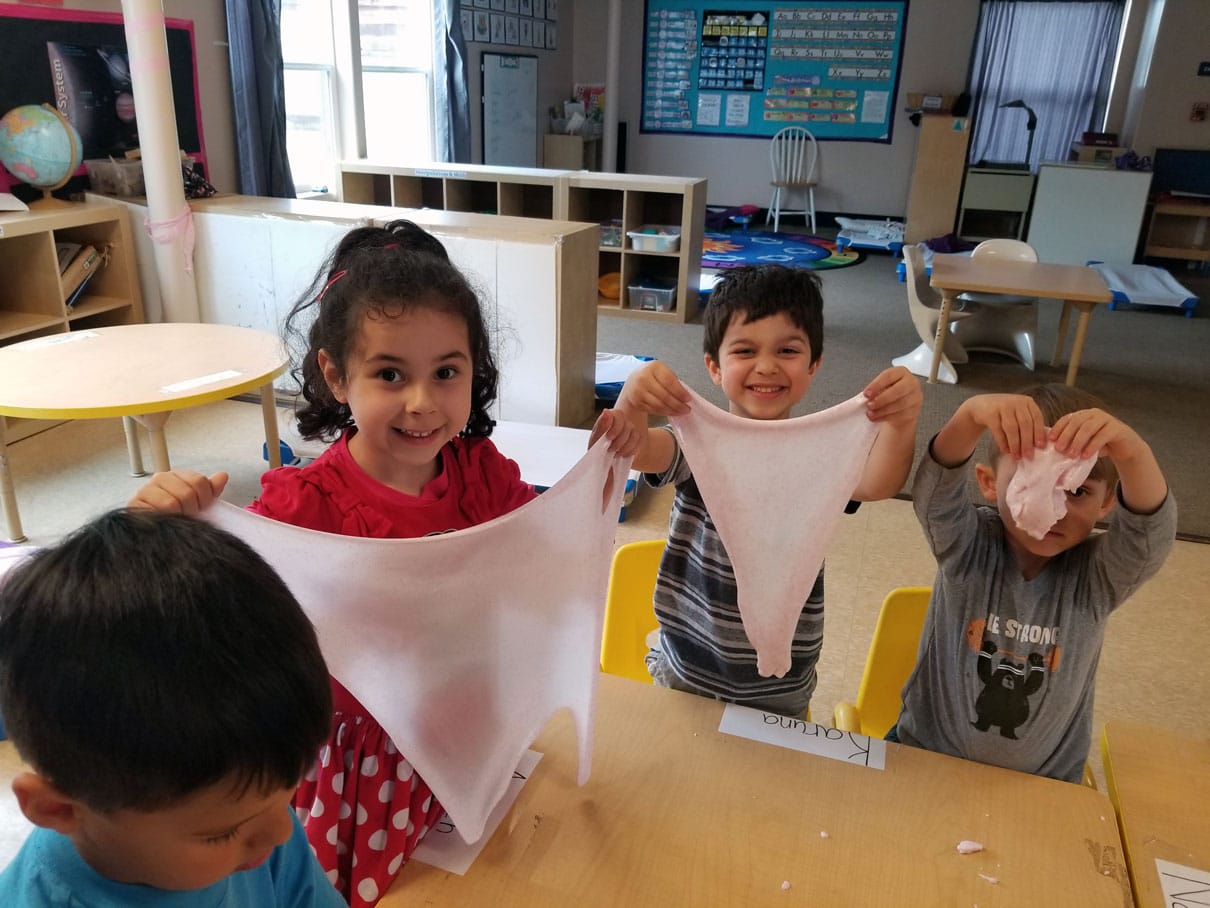A child's play is his 'work', and the 'toys' are his words
Child’s play is a core element in many pedagogy’s including Piaget’s Constructivist theory and “Play is the work of children” Maria Montessori. In my experience as an educator and parent, never were truer words spoken.
This link is an extremely well researched and informative read for anyone who has or interacts with young children regularly.
Today, the National Association for the education of young children are a prominent proponent of the importance of play in a child’s life.
At ScuttleBugs we are firm believers and strongly advocate the importance of children learning through play. Being Reggio inspired this is facilitated via topics garnered from the children themselves, which results in our kiddo’s being able to relate to the subject matter and acquiring a myriad of skills without even realizing it! We incorporate the following activities daily to encourage proficiency of cognitive, fine and gross motor, literacy (namely vocabulary), basic math concepts and social skills.


- Circle time
- Outdoor recreation
- Creative expression (arts and crafts)
- Music
- Socio-dramatic play
- Manipuatives
- Sensory table (sand, water etc.)
- Puzzles
- Books
- Cooperative play
Now this doesn’t mean just “being” with the child in your life, there is a clear delineation of just going through the motions/rigmarole that daily life necessitates (i.e. chores) and making time to interact and play with them. Better yet, let them choose the activity. Ideally, it shouldn’t involve screens however, for older children this will prove difficult so perhaps compromise by playing a suitable video game (think Wii). Understandably, one must allow for the child’s age and individual developmental abilities. Ditto, set the duration in accordance with age or attention span.
Here are some suggestions to draw inspiration from: indoor/outdoor, fantasy play (pretend play like having a tea party, being a community helper like a policeman or vet etc.), sports, art & craft (with a variety of mediums that enhance sorting and/or color matching skills), dancing/singing, exploring via hide and seek or a treasure hunt (granted, you may need to read the clues or keep them simple), prepare a dish or bake (like making play dough or a pizza) etc. Once you get the hang of it you can typically find ways to play in any environment or with limited resources.
A couple of examples that I do with my family is family board game night (no screen) on Wednesday’s and we play “Blue Bird” in the car. The latter is better with older kids as it involves spotting the blue square reflective tiles intermittently placed either side of the central line on roads. The safety aspect of this game is they are there to highlight to firefighters on which side of the road and where fire hydrants can be located.
Obviously, setting aside time to enjoy recreation and play is essential. Having said that, this doesn’t mean to incessantly cater to your child’s playful whims! I can’t espouse enough the virtues of also encouraging your child to play by themselves. Independent play can still be supervised by you or at times in parallel with daily chores (cooking/cleaning) or while you are working at home.

No one denies life gets busy, but once you make a point of scheduling periods (brief or extended) of playing with the child in your life all parties reap the benefits. Bonus surprise, you may even find you get a kick out of it too! After all, we don’t often get the opportunity to reveal our inner child and revel in the simple, silly, innocent, imaginative pleasures in adult life! Plus, you’ll discover children LOVE playing with others, especially their parents/family members/adults. The video below clearly demonstrates it to be true.

